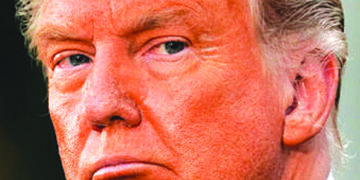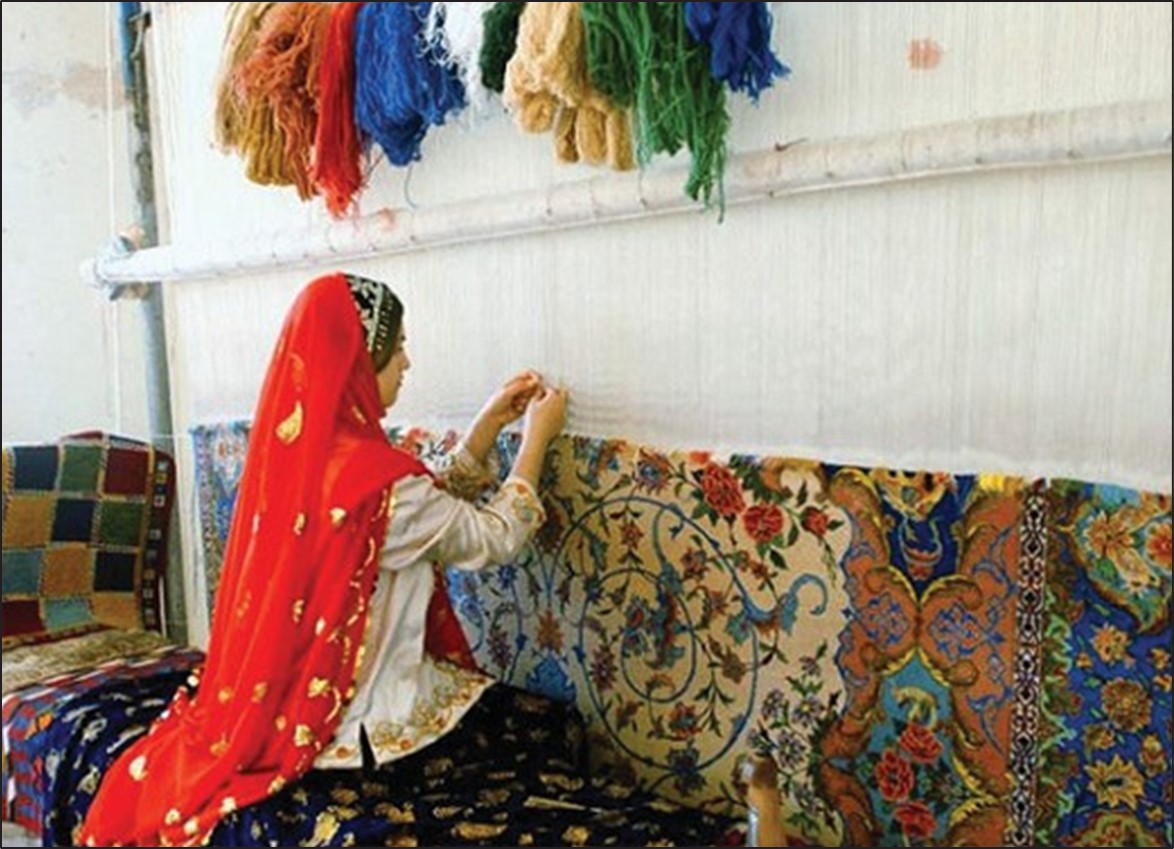of dollars in August and September to import mountains of Persian rugs just before the US ban on almost all imports from Iran took effect September 29.
The monthly trade statistics for September were just released last week and showed almost 10 times as many carpets were imported that month as in a normal month.
Carpet dealers were clearly trying to stock up. The odds are that with all legal Persian carpet imports shut off, the prices of Persian rugs will rise in the United States.
In the Islamic Republic, the government did not, however, report that carpet-purchasing surge for what it was. Instead, it tried to portray the import surge as evidence of American dishonesty and duplicity. The English language Iran Daily, which is owned by the government, reported: “Experts say the figures ironically indicate that in the first months of implementing its own engineered sanctions against Iran—while simultaneously engaged in a rigorous global campaign to push allies to follow suit—Washington actually failed to follow through itself, proving once again that it regards itself as an exception.”
The Iran Daily avoided telling its readers that carpets made up almost all of the imports by reporting falsely that the trade report “did not detail the items that made up the bulk of Iran’s exports to the United States.”
For the nine months so far of 2010, American importers bought $95.3 million worth of Iranian goods. Of that, 84 percent was carpets and almost everything else was fruits and nut.
The published report also said that the United States imported $429,000 worth of small arms ammunition from Iran in August—an unlikely transaction that would be illegal under UN sanctions. Last year, news reports told of all sorts of strange transactions with US exports of planes, for example, going to Iran. It turned out that customs officials goofed when entering data in their computer, entering the code “IR,” which means Iran, went they meant Ireland or missing one key on their keyboard and typing IR when they meant to type IT for Italy.
As for US sales to Iran, they totaled $95.3 million in the nine months or just two-thirds of the $158.4 million US importers bought from Iran. Iran’s purchases were almost entirely agricultural and medical. Of the total, 32 percent went for soybeans, 6 percent for cattle, 3 percent for creamery butter and 7 percent for other foodstuffs, a total of 48 percent for agricultural products. Another 37 percent went for pharmaceuticals and medical technology and the remaining 15 percent for “pulp mill products.”
The report on October’s trade will come out early in December. It is expected to show US imports from Iran at almost nil. Some imports are not banned, such as artwork and informational materials, to include books, magazines and newspapers.
















